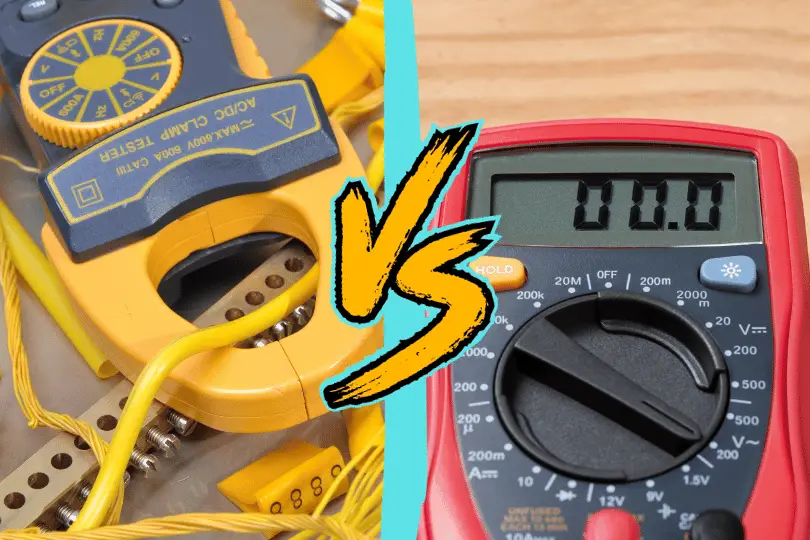Multimeter vs Clamp Meter: Which one to buy?
Choosing the right tool for the job can be tricky, especially when it comes to electrical work. Multimeters and clamp meters are both handy electrical testers, but which one deserves a spot in your toolbox? Let’s break it down to see which meter is the perfect fit for you.

Understanding the Basics
The multimeter is like the Swiss Army knife of electrical testing. It’s a versatile tool that can measure various things like voltage, current, and resistance. It usually has a dial and some probes that you use to connect to the circuit you’re testing. Think of it as an all-in-one device that’s great for general electrical troubleshooting and testing.
On the other hand, clamp meters are specialized tools primarily used to measure current. They have a unique ‘clamp’ design that allows them to measure current without needing to disconnect the circuit. This makes it super convenient, especially when dealing with live circuits. Clamp meters are excellent for checking the flow of electrical current without the need for direct contact.
Basic functions of both meters:
- Voltage: Like checking battery levels or wall outlet power.
- Current: Measuring how much electricity is flowing through a circuit.
- Resistance: Testing wires, fuses, and other components.
Plus, some meters offer bonus features like:
- Continuity testing: Beep to see if a circuit is complete.
- Diode testing: Check if diodes (one-way electrical valves) are working properly.
- Temperature measurement: Handy for troubleshooting electronics.
When to Choose a Multimeter
If you require a tool that can measure a wide range of electrical properties, basic electrical tasks and want a do-it-all tool, a multimeter is your best bet. It’s perfect for those who need to perform detailed diagnostics on circuits. Multimeters are also ideal for educational purposes, as they provide a comprehensive understanding of how electricity works.
Multimeters are perfect for:
- Basic electrical repairs: Fixing lamps, appliances, and simple wiring issues.
- DIY projects: Building circuits, testing batteries, and understanding electronics.
- Troubleshooting: Identifying electrical problems in equipment or circuits.
When to Choose a Clamp Meter
If your primary need is to measure current, especially in high-power situations, a clamp meter is the way to go. It’s safer and quicker as it doesn’t require circuit disconnection. Electricians and professionals dealing with large electrical appliances often prefer clamp meters.
Clamp meters typically measure AC (alternating current) and some models can handle DC (direct current) too. They’re ideal for:
- Electricians: Measuring current flow in live wires, checking power consumption, and balancing loads.
- Homeowners: Testing appliance amperage, verifying proper circuit breaker sizing, and diagnosing overloaded circuits.
- Automotive work: Checking battery drain, alternator output, and starter motor current.
So, which one should you choose?
It depends on your needs!
- For basic electronics work and DIY projects, a multimeter is your go-to. Its versatility and affordability make it a must-have for anyone tinkering with wires.
- If you’re an electrician or deal with current measurements regularly, a clamp meter is a valuable investment. Its non-intrusive current measurement saves time and keeps you safe.
Remember, you can always have both! Combining a multimeter’s versatility with a clamp meter’s current-measuring prowess gives you the ultimate electrical testing duo.
No matter which meter you choose, always prioritize safety. Work with caution when dealing with electricity, and consult a qualified professional if needed.